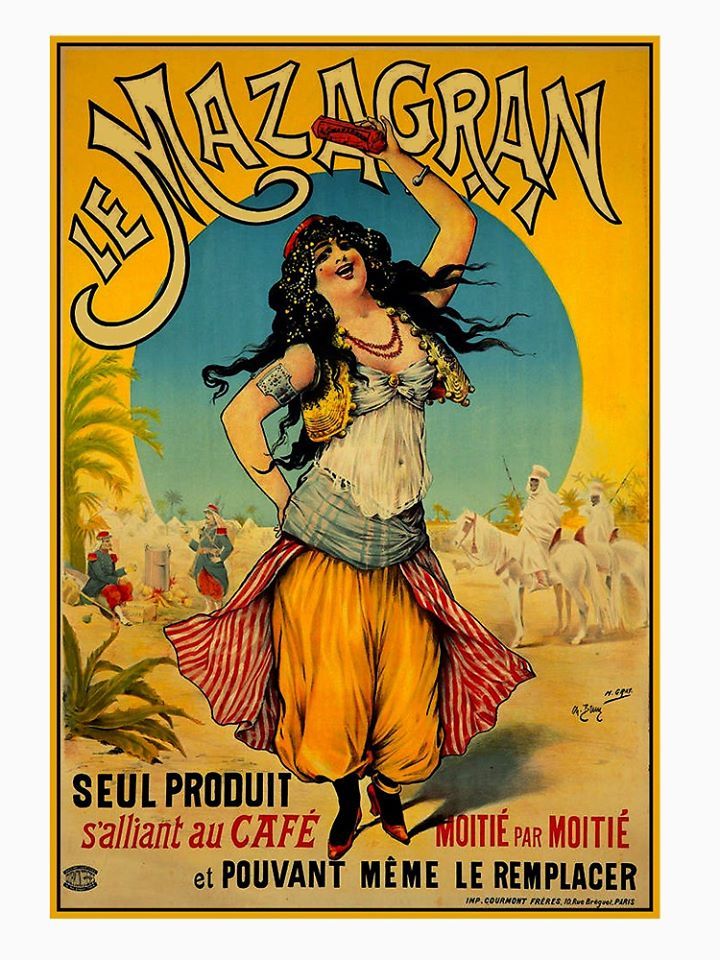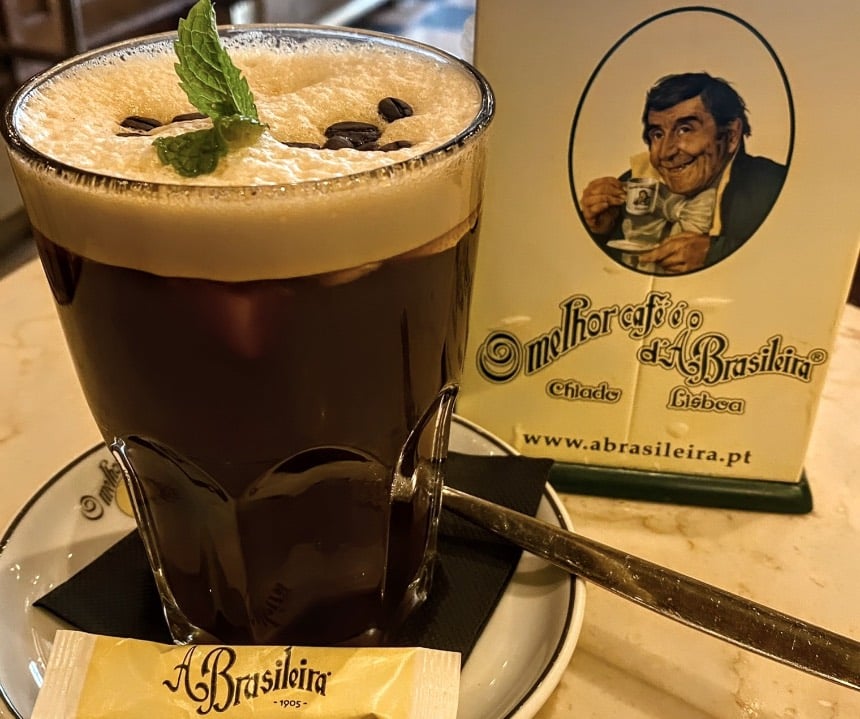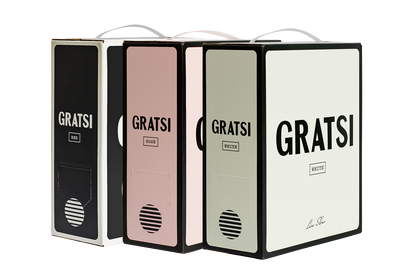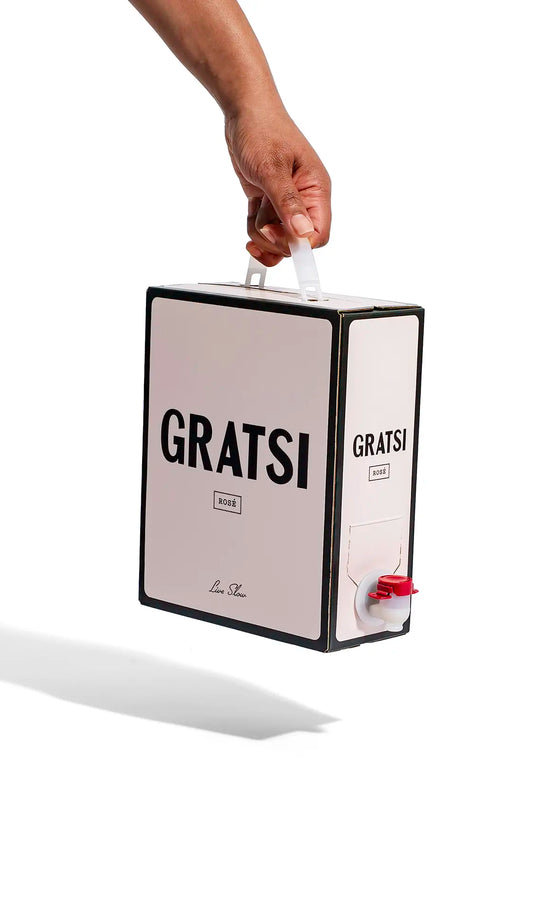Summer refreshers: How the Med stays cool in Summer through their drinking culture.

Escape with flavor.
Summer refreshers: How the Med stays cool in Summer through their drinking culture.
By Antonia Fest
September 10, 2025
How is it already September?? It feels like the summer days have flown by and we’ve been catapulted into that ‘back-to-school’ mode. Physically, we’re sitting in front of our computers answering a backlog of emails but mentally, we’re still sprawled along the Mediterranean coast sauntering from bed to beach to bar and back again. Luckily, inklings of summer remain and before the leaves start fall, maybe the sun will bless us with a few more balmy days.
With those last hits of warm weather, we should continue to practice our southern European rituals in our every day. From the minute we wake up, we can indulge in the glory of August through our choice of morning beverage. How do the Mediterranean cultures drink to the new summer’s day? Here’s an exploration of how they stay cool in their hottest period through their iced refreshments.

FREDDO CAPPUCCINO– Greece
An iconic part of Grecian drinking culture, the freddo cappuccino evolved in the 1990s from the Greek frappe. Today, it is arguably more popular and has become a defining summer ritual with a unique and moreish texture made by shaking fresh espresso over ice and topping with a thick layer of frothed milk. To add further creaminess during the shaking/frothing process, sugar is whipped into the mixtures. The flavour is so indulgent that many choose to drink it all year round. Greeks will linger over a freddo cappuccino in cafes or grab one to go as they zip to the nearest beach for a day by the crystal waters.
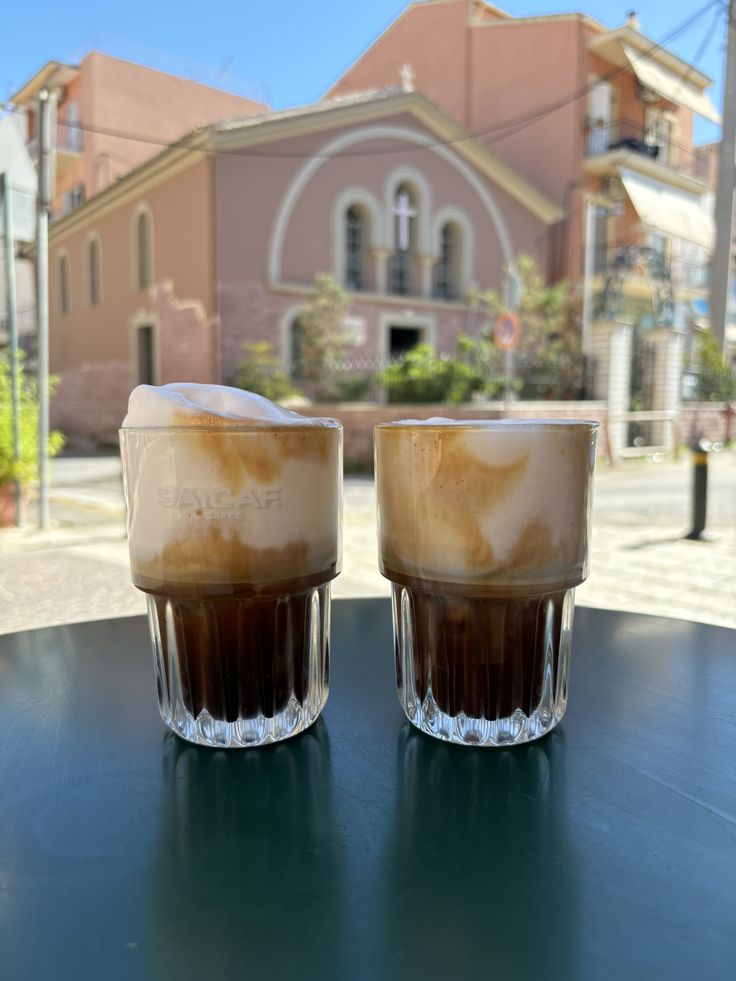
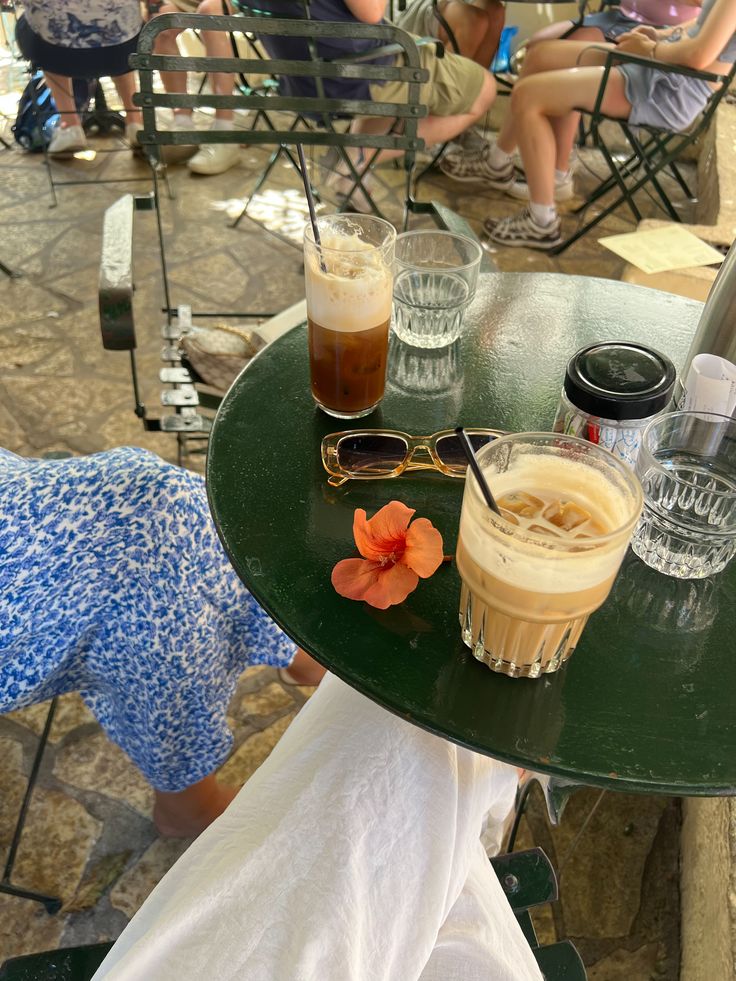
GRANITA – Sicily
There truly could be no better way to start your day than with a Granita and a brioche in an authentic Sicilian bar where waiters dash around in aprons and linen hats. They’re shouting coffee orders to the baristas and wiping down tables ready for the next eager customers to have their breakfast. A granita is a semi-frozen sweet treat and if made correctly (ie. no artificial flavours or preservatives), uses only local and seasonal produce intertwined with sugar and ice to create bombastically intense flavours. It evolved from the Arab introduction of sherbet when the island was colonised in the medieval era. Since then, it has become its own food category and is typically served with a fresh brioche bun to scoop the mixture out of the glass. Some of the best flavours include lemon, pistachio, gelsi (mulberry) and almond – they taste like Sicilian summer in a glass. Whilst usually enjoyed at breakfast, many local beaches will be dotted with Granita trucks so that such refreshing effects can be enjoyed all day and all season long.
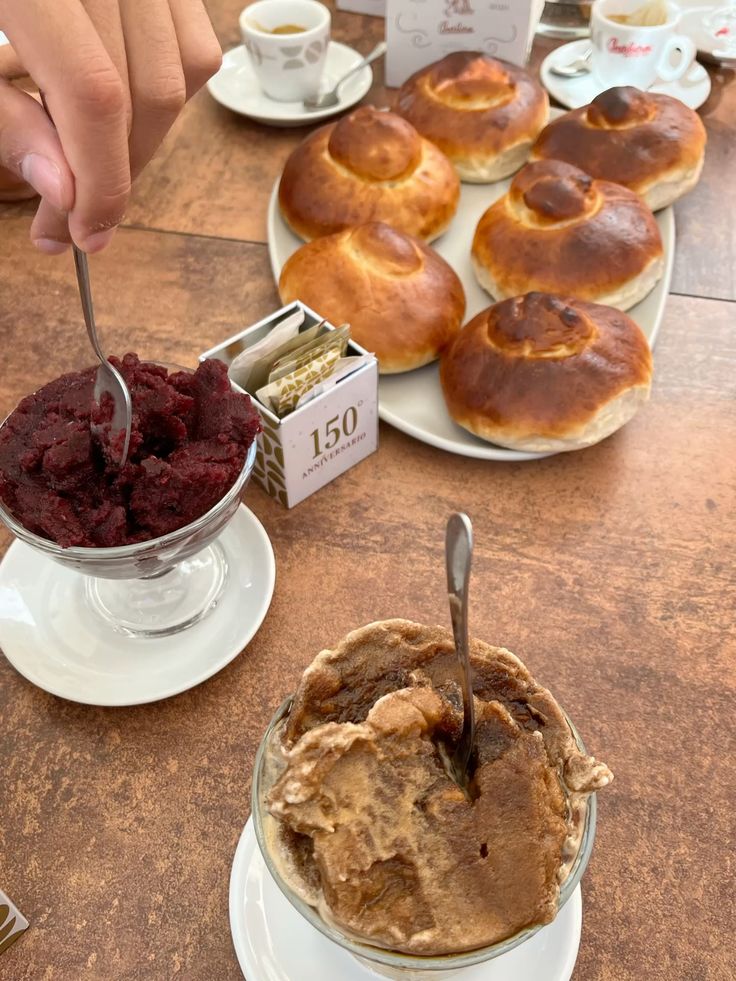
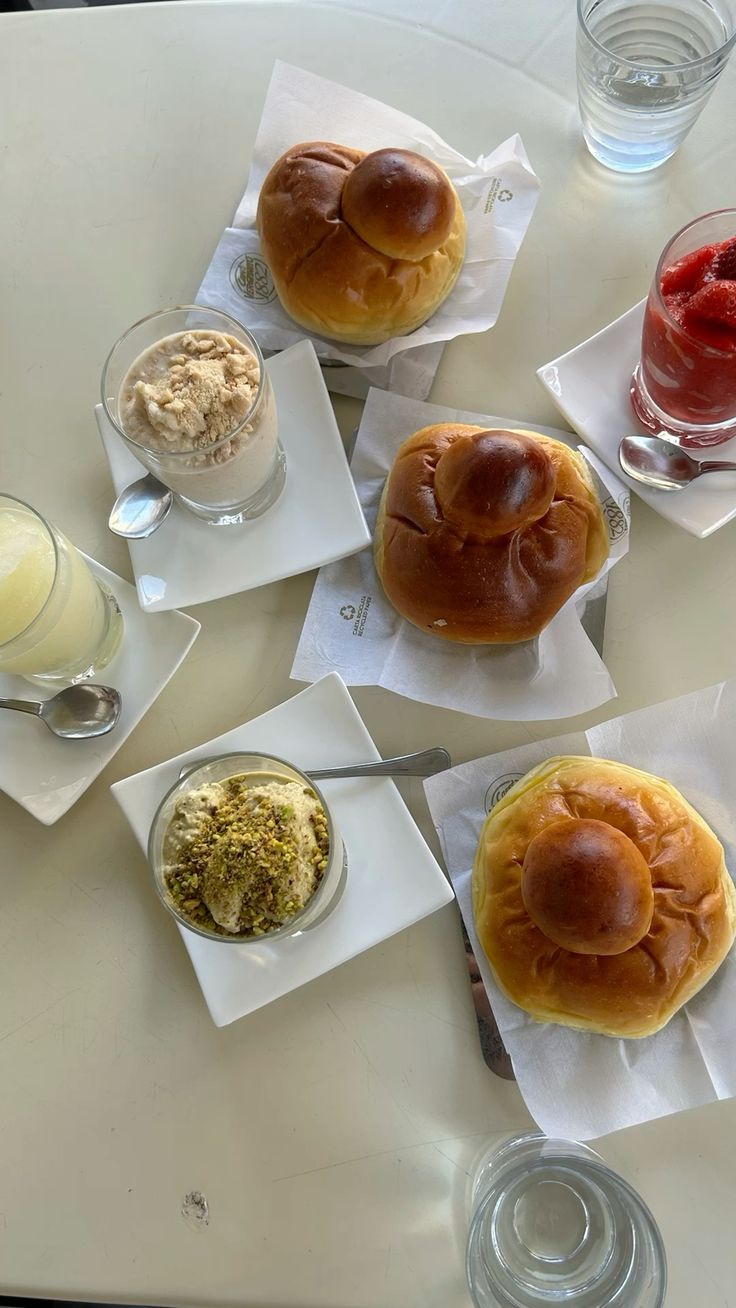
SHAKERATO - Italy
Italy’s chic answer to an iced americano. If made in the traditional way, a shot of espresso is poured into a cocktail shaker along with ice and sugar then shaken vigorously by the barista until a silky-smooth concoction is formed. The shakerato is then poured into an elegant stemmed glass giving an air of aperitivo hour rather than morning stimulant.

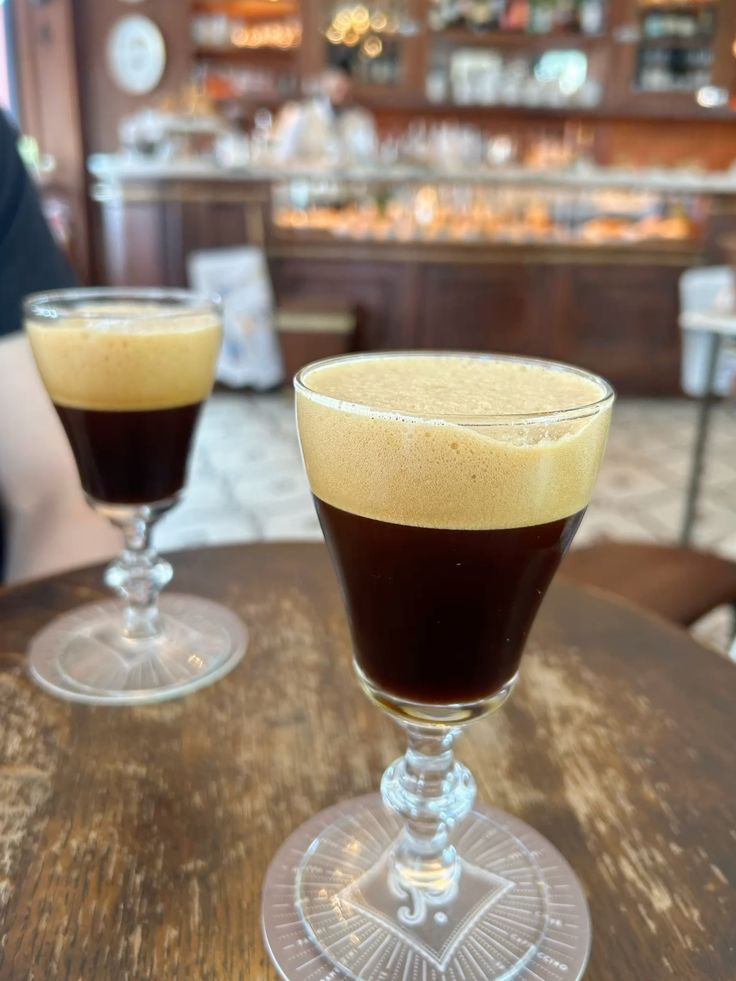
HORCHATA DE CHUFA – Valencia
The silky sweet Horchata best associated with Valencia in Spain is made with the somewhat elusive tiger nuts (known as chufa). They are soaked, then ground and finally sweetened before being mixed with fresh water. The Horchata was first introduced to Valenica during the Moorish rule in the 8th Century and has centuries-old roots in the region. Typical bars – known as horchaterías – will serve it ice cold as a summertime pick-me-up paired alongside a pastry known as a farton which dunked into the creamy mixture. Horchata is so tied to Valencian traditions that the drink is protected with a Denominiation of Origin label.


CREMA AL CAFFE – Italy
If you’ve ever been standing at an Italian bar and wondered about that honey-coloured drink which swirls around in a slushie maker, then wonder no more. This is the Crema al caffe, another semi-frozen Italian treat which sits somewhere between a gelato, a granita and an iced cappuccino. Made from espresso, sugar and lots of cream, it instantly cools your body temperature the moment it satisfies your tastebuds. The texture is thick, silky and mousse-like and its often ordered as a mid-morning or afternoon pick me up. The Crema al Caffe is lighter and more indulgent than an espresso and any beach bar worth its salt, will be serving it to the sweltering masses.

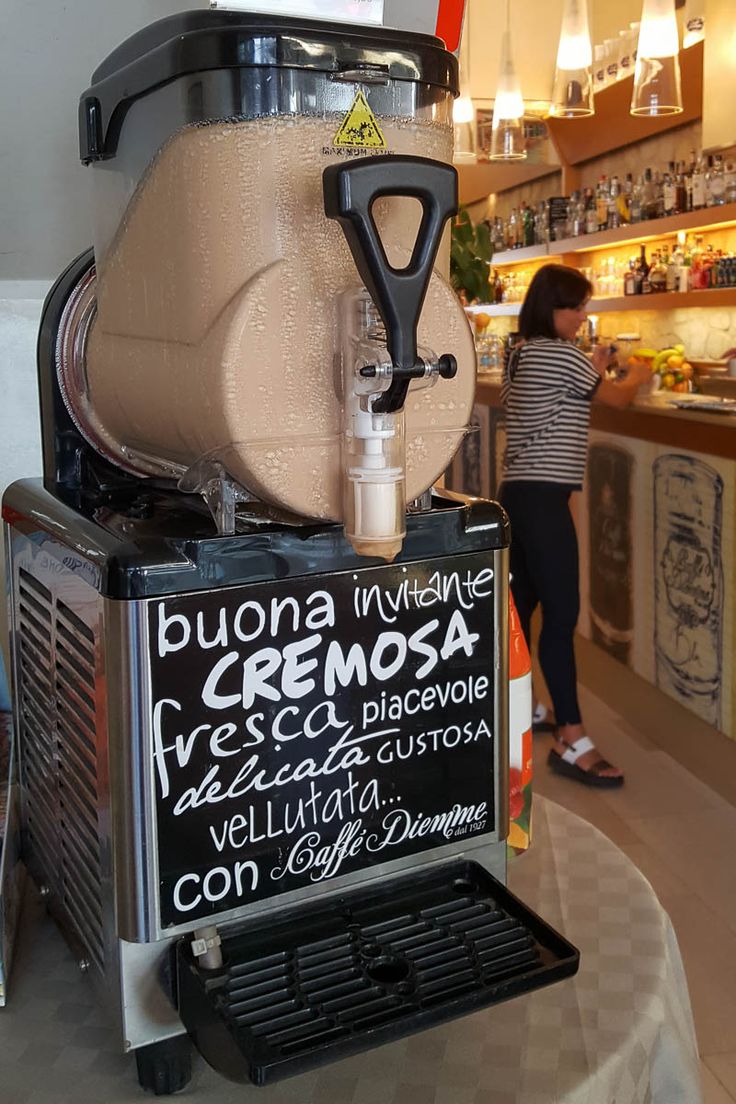
MAZAGRAN – Portugal
Not your average iced coffee although Mazagran is often described as the world’s first version of it. With its origins in 19th century Algeria, when French soldiers were stationed at the Mazagran fortress, they would mix together coffee and cold water to cope with the heat. Occasionally they would add lemon to add further refreshment as well as cut through the bitterness of the crudely prepared coffee beans. The recipe was then carried back to Europe and strongly adopted by the Portuguese where it remains a speciality during the warmer months. The Mazagran is a testament to the widespread influence of coffee culture and how customs that are adopted in harsh conditions can grow a lasting legacy.
